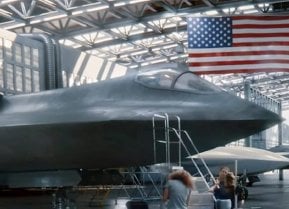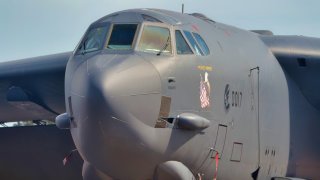Ranked: The 5 Best Heavy Bombers of All Time
Excluding bombers from Axis powers and present-day Russia, this list highlights the best heavy bombers in history. The Boeing B-29 Superfortress ended WWII with atomic bombings and extensive conventional raids.
Summary and Key Points: Excluding bombers from Axis powers and present-day Russia, this list highlights the best heavy bombers in history. The Boeing B-29 Superfortress ended WWII with atomic bombings and extensive conventional raids.
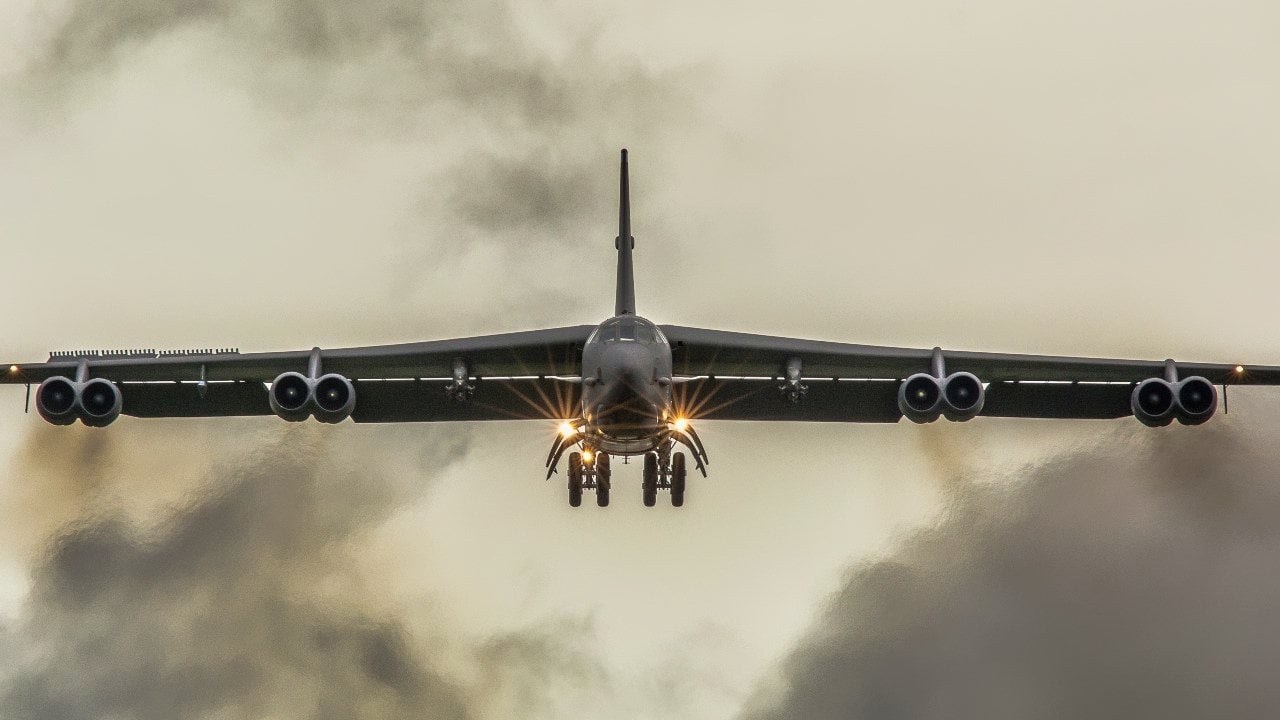
-The iconic B-17 Flying Fortress contributed significantly in the European Theater, while the B-24 Liberator was the most produced combat aircraft, excelling in precision and long-range missions.
-The Avro Lancaster, renowned for its versatility and heavy bomb load, played a key role in sinking the German battleship Tirpitz. Finally, the Boeing B-52 Stratofortress, a symbol of American airpower, has been a formidable force in various conflicts since its introduction.
Top 5 Heavy Bombers That Shaped Military History
In this list of history’s best heavy bombers, I am excluding Axis powers bombers such as Nazi German Luftwaffe’s Heinkel He 177 and Imperial Japan’s Mitsubishi Ki-67, as none of them made much of an impact on the outcome of major battles.
For the same reason, I exclude present-day Russian bombers like the Tupolev Tu-160 and Tu-95.
With that in mind, let’s get on with it.
Boeing B-29 Superfortress
This is the plane that ended World War II, thanks to Enola Gay and Bockscar. These two B-29s dropped the atomic bombs that convinced Imperial Japan’s Emperor Hirohito to abandon the samurai Bushido code of no surrender and make his country endure the unendurable.
But the B-29’s history ranges far beyond Hiroshima and Nagasaki. The Superfortress carried out many conventional bombing raids against Japan, such as the firebombing of Tokyo. Ultimately, the Superfortress, making its combat debut in June 1944, dropped a total of 147,000 tons of bombs against Japan in WWII, and an additional 176,000 tons of bombs against Communist forces during the Korean War.
According to PBS, the Superfortress “spanned 141 feet, 3 inches from wing tip to wing tip and measured 99 feet from nose to tail. Its 27-foot nine-inch high tail turret was, as Boeing publicists liked to remind the public, the height of a three-story house.” Max takeoff weight was 133,500 pounds, and max bomb load was 20,000 lbs.
B-17 Flying Fortress
There’s nothing original I can add about this iconic warbird. Making her combat debut in July 1941 — flown by British aircrews, incidentally, not American — she ended up dropping 640,000 tons of bombs on Germany and its occupied territories. That came out to 42.6% of all bomb tonnage dropped by U.S. aircraft in the European Theater of WWII. The B-17 was 74 feet, 4 inches long and 103 feet, 9 inches in wingspan, with a max takeoff weight of 65,500 lbs, with a long-range bomb load of 4,500 lbs. Thanks to the Commemorative Air Force, it is still a fun ride in the present day.
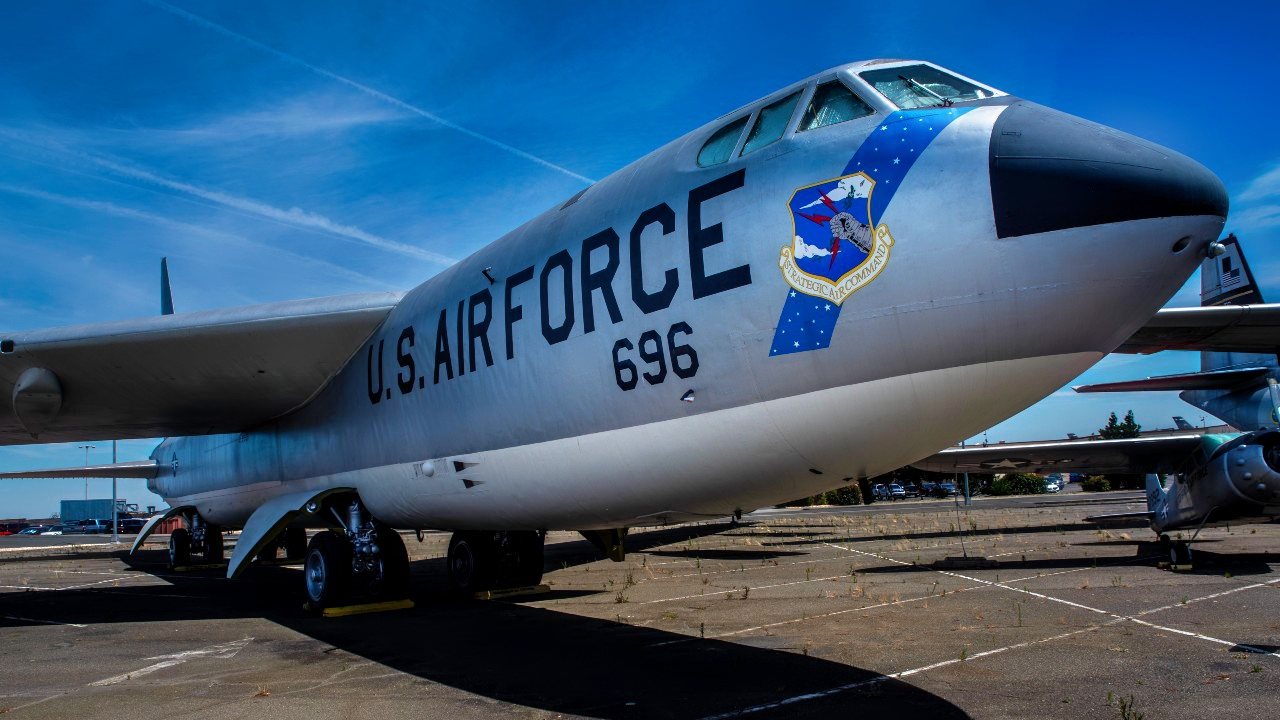
Consolidated B-24 Liberator
The Liberator gets nowhere near the amount of love as the first two entries on this list, and that is a shame.
After all, this bomber was the most heavily produced combat aircraft in history, with 18,482 airframes built between 1940 and 1945.
What’s more, as noted by the Lockheed Martin info page, “A B-24 could reach 290 miles per hour and carry a 5,000-pound bomb load for 1,700 miles, giving it a longer range, greater speed and a bigger payload than its B-17 cousin.”
Two moments stand out as arguably the B-24’s finest. First was the August 1942 raid on the Gotha German aircraft factory, when the attackers leveled the facility in a single run thanks to a 98% accuracy rate, one of the best examples of precision bombing during WWII. Second was the 90th Bombardment Group’s highly destructive strikes against Japanese-controlled oil refineries at Balikpapan, Indonesia.
The Liberator’s length was 67 feet, 2 inches, its wingspan was 110 feet, height was 17 feet, 7.5 inches, and max takeoff weight was 65,000 lbs.
Avro Lancaster
A list like this must include at least one Royal Air Force warbird.
The BAE Systems info page calls the Avro Lancaster “the most iconic heavy bomber of World War II” and bolsters that claim by noting that, “Although the Avro Lancaster was primarily a night bomber, it excelled in many other roles including daylight and precision bombing raids. In the latter role, some were adapted to carry the 12,000 lb. Tallboy and ultimately, the 22,000 lb Grand Slam Earthquake bombs.”
Regarding the Tallboy, Lancasters used this specialized bomb to hit the Kriegsmarine battleship Tirpitz and cause it to capsize in November 1944, thus claiming the distinction of being the only heavy bomber to actually sink a battleship in battle.

All in all, from her first combat mission in March 1942 to the end of the war, the Lancaster flew more than 150,000 sorties and dropped more than 600,000 tons of bombs. Specifications included a length of 69 feet, 4 inches, a wingspan of 102 feet, a maximum takeoff weight of 68,000 lbs, and a max airspeed of 282 mph. Maximum normal bomb load (not counting the Tallboys and Grand Slams) was 14,000 lbs.
Boeing B-52 Stratofortress
We have saved the best for last — the dear ol’ BUFF (“Big Ugly Fat [Expletive]).
Nothing says “Don’t mess with the U.S. of A” quite like a B-52 carpet-bombing run. The North Vietnamese knew this. They equated being on the receiving end of such strikes with “the Apocalypse” and were nearly driven to the point of capitulation during Operation Linebacker II.
The senior officer of Saddam Hussein’s Iraqi Republican Guard surrendered his unit during the 1991 Persian Gulf War on account of B-52 strikes.

Upon being informed by his interrogator that his unit wasn’t attacked by B-52s, he replied “But I saw one that had been attacked.”
During Operation Allied Force, on June 8, 1999, a single Stratofortress strike wiped out roughly half of a massed Serb troop formation of 800-1,000 soldiers and prompted the survivors to flee in sheer terror.
The B-52 is still going strong after 70 plus years, making her one of only five aircraft that have remained in service for more than 50 years. Just how Big is the BUFF? How about a length of 159 feet, 4 inches, a wingspan of 185 feet, a height of 40 feet, 8 inches, a max takeoff weight of 488,000 lbs, and a bomb load of 70,000 lbs.
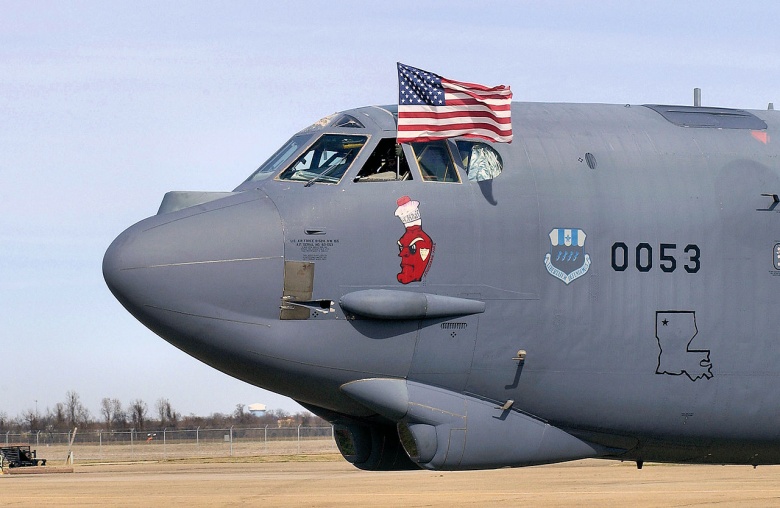
About the Author
Christian D. Orr is a former Air Force Security Forces officer, Federal law enforcement officer, and private military contractor (with assignments worked in Iraq, the United Arab Emirates, Kosovo, Japan, Germany, and the Pentagon). Chris holds a B.A. in International Relations from the University of Southern California (USC) and an M.A. in Intelligence Studies (concentration in Terrorism Studies) from American Military University (AMU). He has also been published in The Daily Torch and The Journal of Intelligence and Cyber Security. Last but not least, he is a Companion of the Order of the Naval Order of the United States (NOUS).
All images are Creative Commons.
